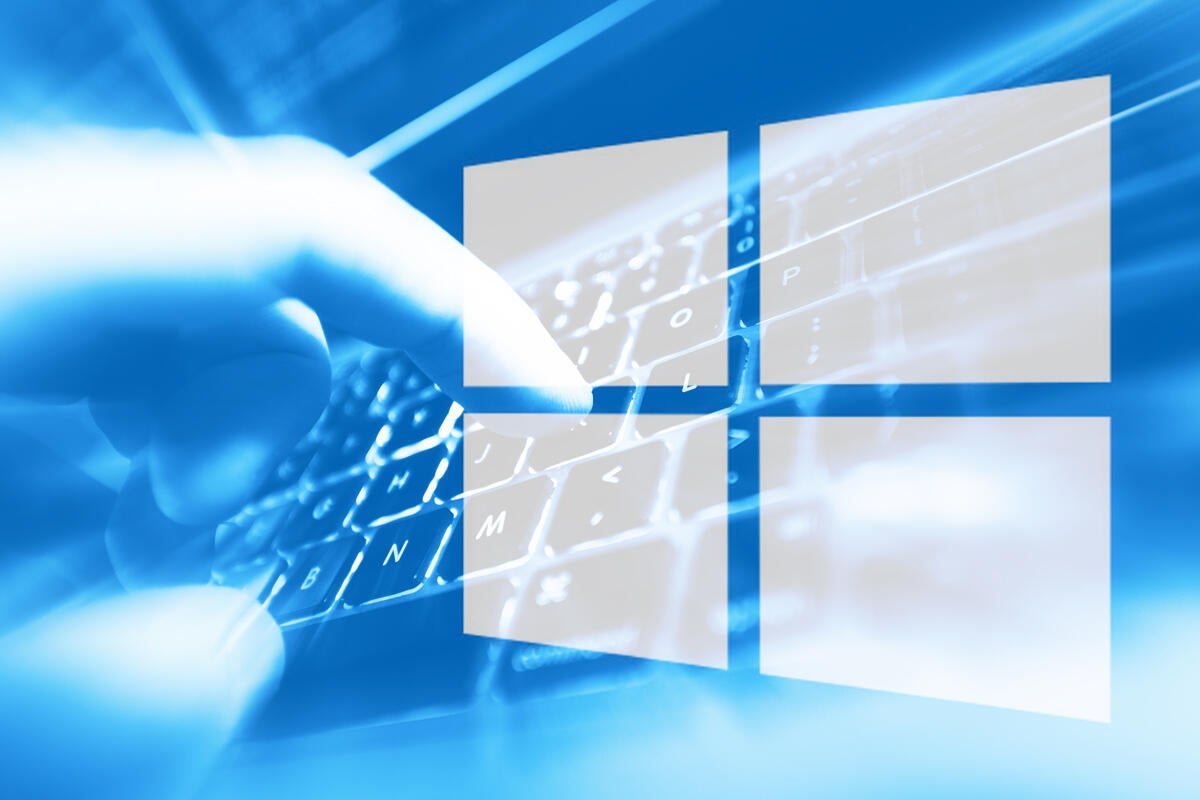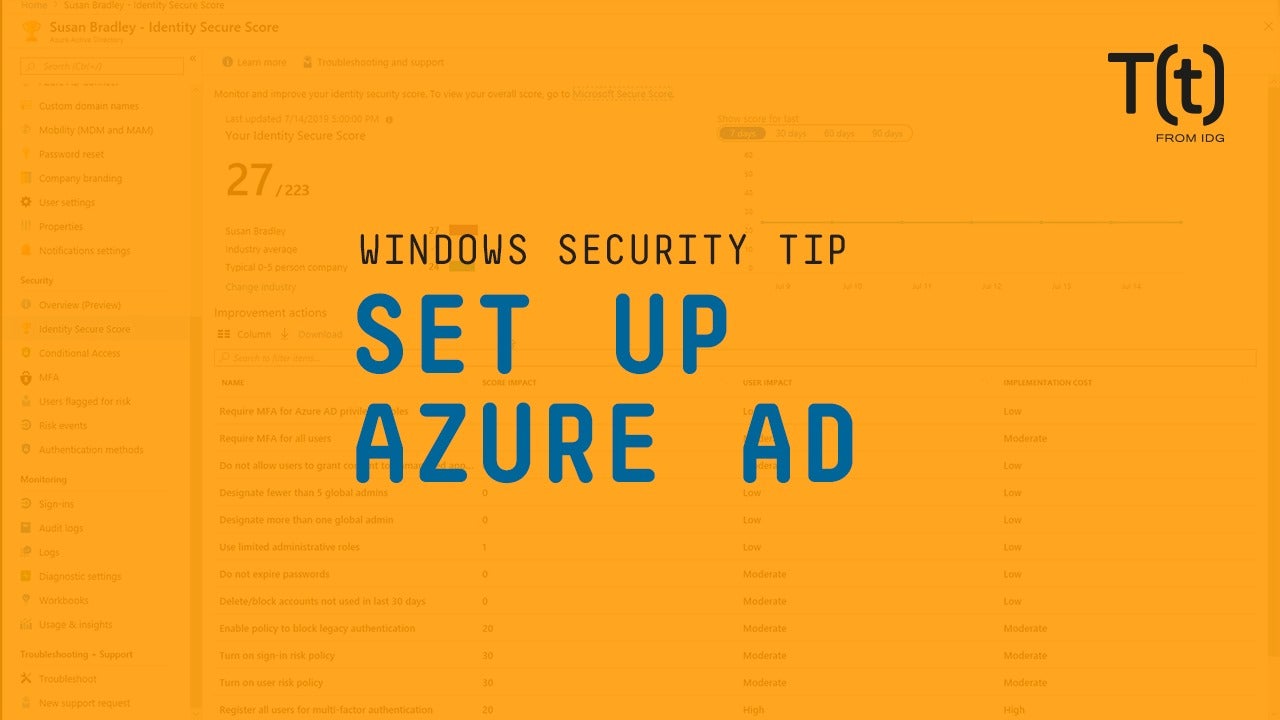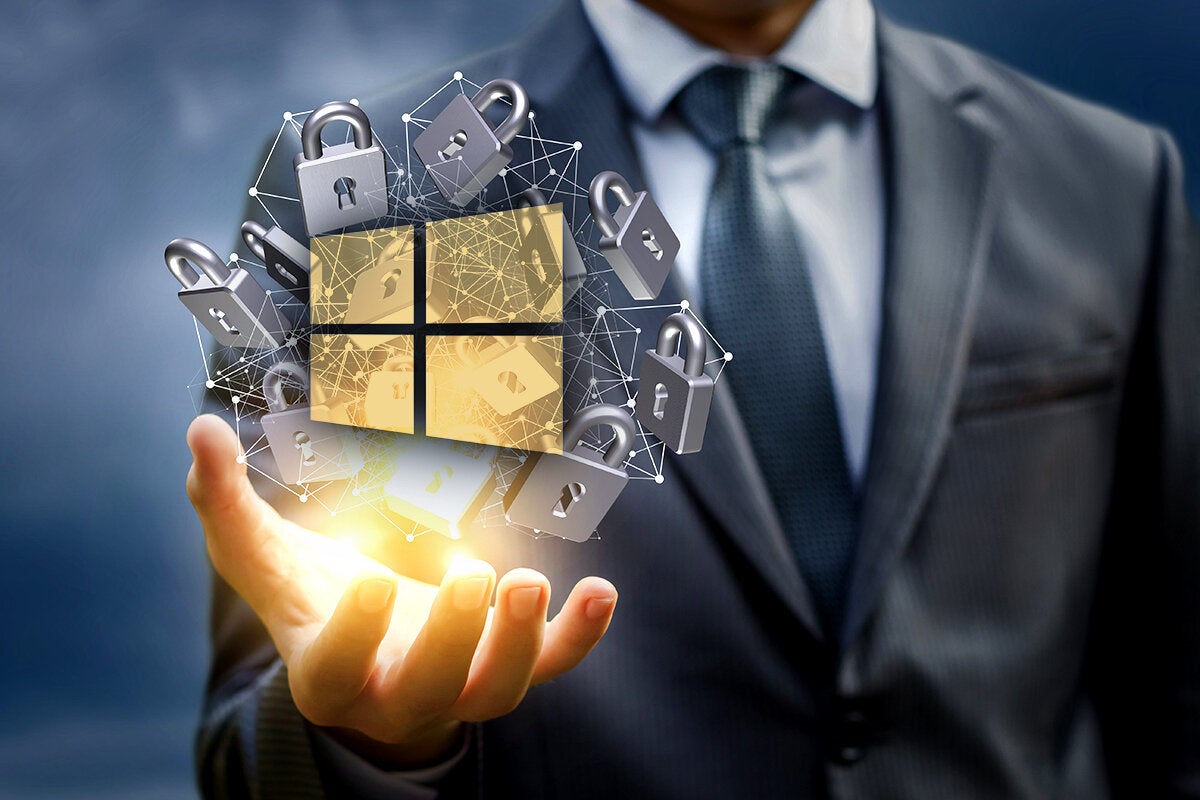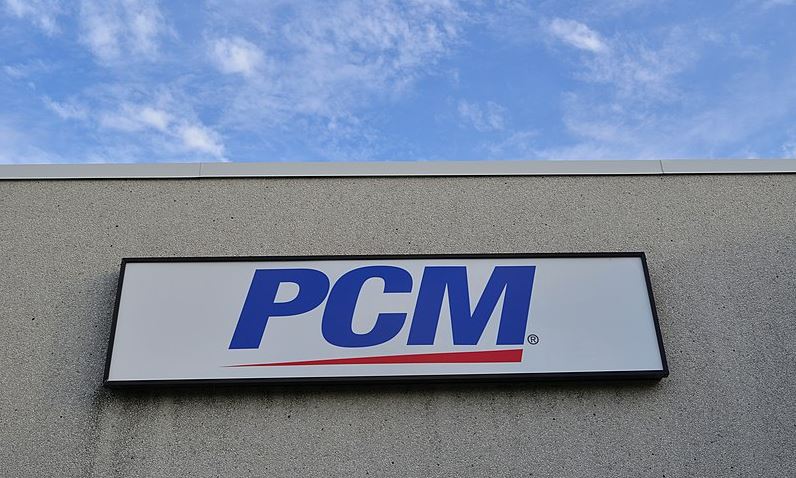This month, Microsoft Patch Land looks like a stranger Stranger Things Upside Down, where Security-only patches carry loads of telemetry, Visual Studio patches appear for the wrong versions… and we still can’t figure out how to keep the Win10 1903 upgrade demogorgon from swallowing established drivers.
As we end the month, we’ve seen the second “optional” monthly cumulative updates for all Win10 versions — the 1903 patch was released, pulled, then re-released — and fixes for Visual Studio’s transgressions. There’s a kludge for getting the Win10 1903 upgrade to work. And BlueKeep still looms like a gorging Mind Flayer.
Win7 Security-only patch brings telemetry
Those of you who have been dodging Windows 7 telemetry by using the monthly Security-only patches — a process I described as “Group B” three years ago — have reached the end of the road. The July 2019 Win7 “Security-only” patch, KB4507456, includes a full array of telemetry/snooping, uh, enhancements.
To read this article in full, please click here
![]()





